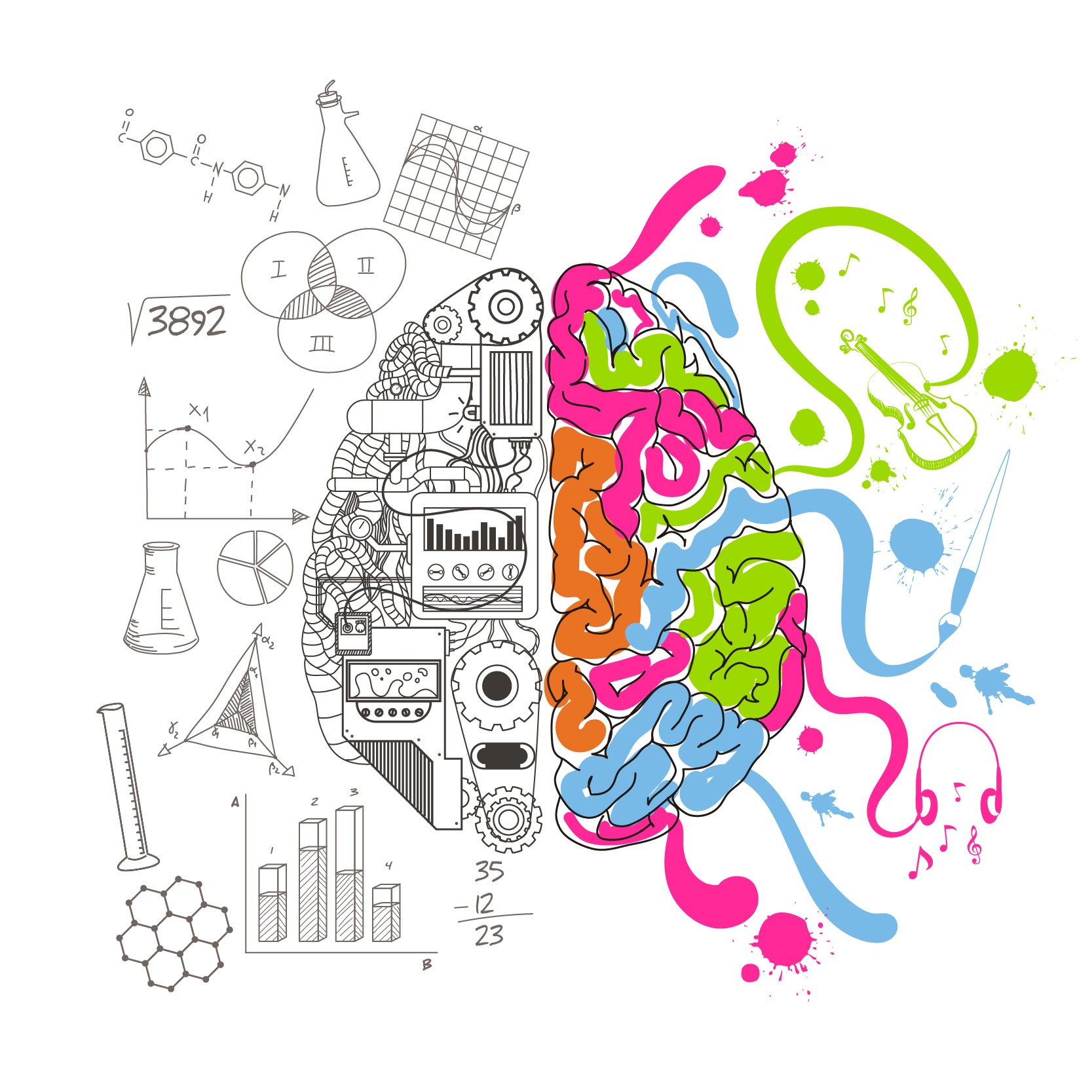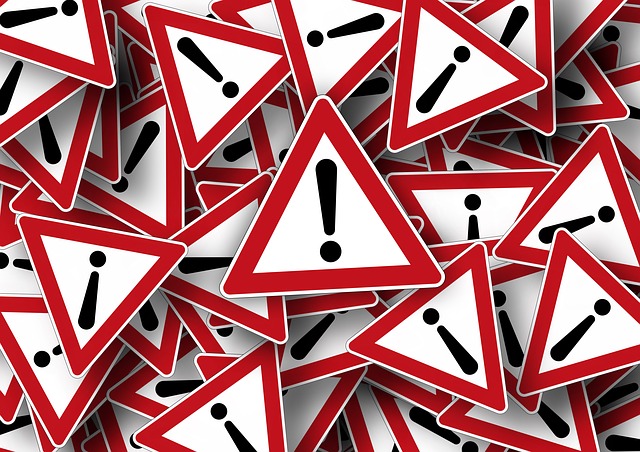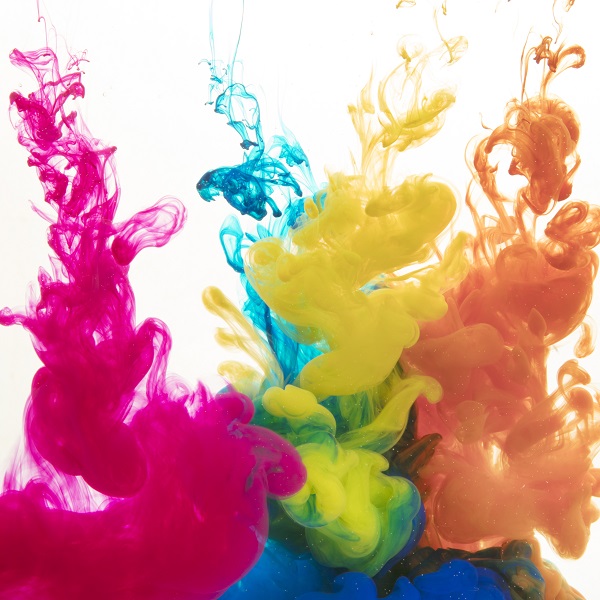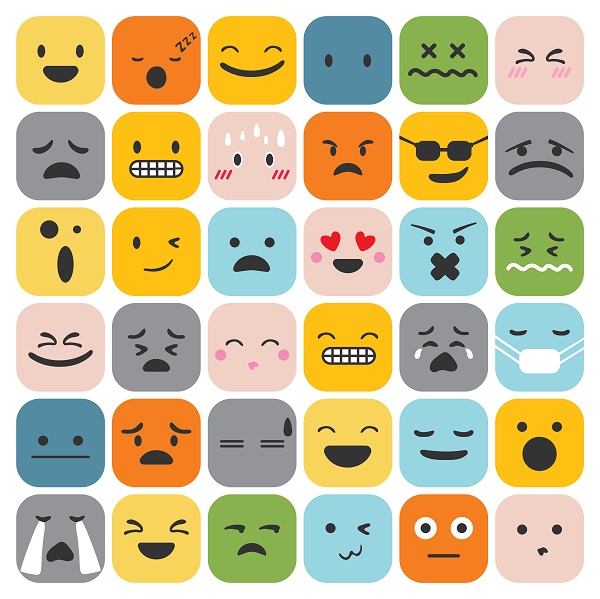The Psychology Of Social Media Marketing

As strange as it may sound, psychology greatly affects the outcome of any digital marketing effort. How is that so? Well, after analyzing many social media campaigns and weird outcomes, marketers concluded that to produce a successful (even viral) campaign, they have to understand how users think and interact when using social media. The few facts to support this theory might make you change the way you’ve been doing it so far and perhaps get you to start thinking from a different, more analytical perspective.

Cooperation
Part of every company’s marketing strategy is called freebies, or giveaways as most would call them. The psychology behind this method is to further connect with your audience. For example, if you’re giving away free t-shirts, stickers, or something much more valuable, they’ll feel obligated to repay this kindness somehow in the near future – be it by liking and following your social media channels, recommend you to friends and acquaintances, or simply by promoting your page on their social profiles by posting what they’ve won.

Selective Attention
One of the best marketing methods ever invented is to take advantage of people’s ‘selective attention’ ability and use their subconscious mind against them. Here’s how it’s done.
You’re at work, when a problem pops up out of nowhere. You start thinking about better means of transport, because your car just spends too much fuel. You look through the window to clear your thoughts, when you suddenly notice a guy in a suit riding an electric scooter. Just how cool is that? There he is, skipping the whole traffic jam, spending not more than $1-2 a day to charge the bike and looks cool while at it.
Later, when you get home, you usually turn the TV on and suddenly notice a commercial about one of these compact scooters – you can’t help but stop what you’ve been doing and finish watching the whole commercial. You then start seeing them everywhere you go. Friends and relatives buy them, colleagues at work use them instead of cars and the whole parking lot suddenly feels a lot more empty.
This is something called selective attention, when someone continuously notices a certain point of interest everywhere and in everything. It’s part of the ‘frequency illusion’ concept, also known as the Badder-Meinhof phenomenon, and it’s used in digital marketing to create advertisements where potential customers have subconsciously wanted to buy the product or service, but they need a little “push” to do it. Then, they start noticing it everywhere and finally submit to the “bandwagon”.

Color
The outcomes of social media campaigns are often affected by colors. As unimportant as it may seem, the impact of colors on marketing is huge and shouldn’t be neglected as part of design. Every color provokes a certain feeling, so whatever the promotion is for, choose the color combinations carefully. Here are a few perfect examples to clarify things.
1. Hospitals and medical institutions use the colors white and blue to promote their products and services online. Seeing the color blue makes the audience feel secure, and white almost always reminds us of cleanliness.
2. Hotels often use the color green to evoke the ‘relax’ emotion in people. To others, it may be connected to luxury. Either way, it’s highly advisable to include the color green in such advertisements or do some A/B testing first.

Feelings
Why do people mostly share stuff on the social media? It’s something they share strong bond with, something they can relate with and want others to see what it is. Animal lovers often share viral videos of funny (or cute) dogs, designers find amazing architecture and art to share on their profiles, etc.
We all have hobbies and interests we love to share with others, often for attention or pure excitement. The minor ecstasy we experience when done watching a certain video is the key moment to press the ‘share’ button. Some show emotions through videos and pictures, others by sharing memes and emoticons. Yes, emoticons are the most precise way of showing feelings, thus the name.
Subscribe to our Blog
Most Popular
-
 What Is The Deep Web? 4.7k views | posted on January 30, 2018
What Is The Deep Web? 4.7k views | posted on January 30, 2018 -
 The Psychology Of Social Media Marketing 781 views | posted on August 22, 2018
The Psychology Of Social Media Marketing 781 views | posted on August 22, 2018 -
 Best 10 Free Online Course Sites In 2018 573 views | posted on February 21, 2018
Best 10 Free Online Course Sites In 2018 573 views | posted on February 21, 2018 -
 How To Rank A Startup Higher And Get More Clients 434 views | posted on November 22, 2018
How To Rank A Startup Higher And Get More Clients 434 views | posted on November 22, 2018 -
 Why Every Local Business Must Have A Professional Website 389 views | posted on December 21, 2018
Why Every Local Business Must Have A Professional Website 389 views | posted on December 21, 2018